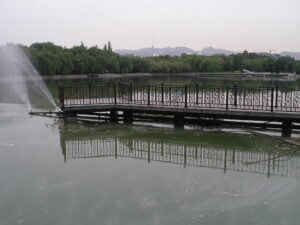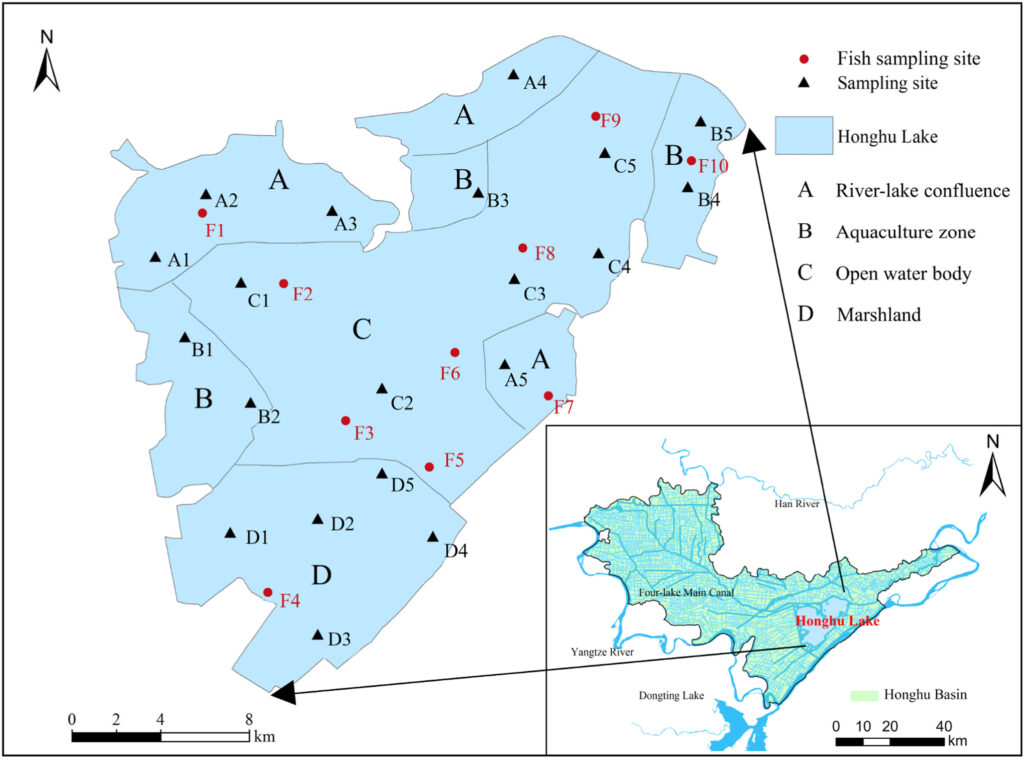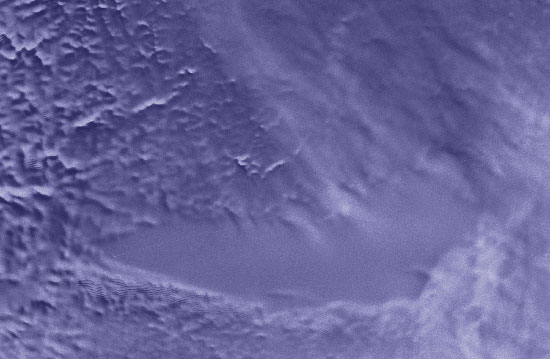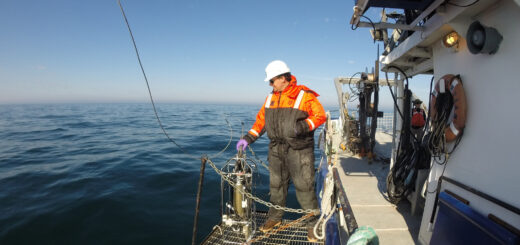Research Brief: Understanding the Negative Impacts of Endogenous Nutrient Releases in a Shallow Lake
0Pollution is a driving source of poor water quality around the world. Yet, when water pollution is brought up, some assume it always originates from an outside source, known as exogenous pollution. While common, it’s not the only nutrient source that can wreak havoc on waterways. When outside sources are mitigated, endogenous nutrient fluxes originate from within the water bodies. They often arise from sediment beds and can harm lakes with historic environmental pressures.
As is the case with Honghu Lake, in central China. The surrounding floodplains have been altered by human activity, with dams, dykes, and other infrastructure installed nearby.
A 2025 study published in Water Biology and Security explored how endogenous nutrient releases of nitrogen and phosphorus were impacting Honghu Lake.1 The study’s goal was to uncover these relationships and offer management plans to improve water quality and protect wildlife.1
Methods
The lake was chosen as the study site due to increased endogenous release from a 2016 flood that hindered exogenous nutrient flow and caused eutrophication.1 The specific chemicals now released in Honghu Lake were unknown, as were their impacts on aquatic organisms.1
In August 2022, data collection began. Honghu Lake was characterized into four sections: river-lake confluences, aquaculture zones, the open water body, and marshland, to obtain random sampling among habitat zones and understand which zones were driving nutrient release.1
Parameters such as sediment pH and oxidation-reduction potential (ORP), as well as water temperature, pH, dissolved oxygen, and chlorophyll-a, were determined with a Hach multimeter and a YSI ProDSS probe, respectively.
Surface sediment samples were obtained for chemical analysis and macrobenthos presence. Deeper sediment columns were removed to collect interstitial water samples, which were separated and analyzed for total phosphorus, total nitrogen, and organic matter to understand which of these chemicals was most influential in the lake.
Aquatic wildlife was also sampled, including zooplankton, phytoplankton, macrobenthos, and fish. Diversity and evenness were calculated to be compared with nutrient sampling.
Endogenous nutrient loads were estimated using a pore diffusion model to calculate the sediment nutrient concentration gradient, and followed a similar method to estimate surface sediment release potential. These were calculated to compare release potential between sampling points and lake areas, and also extrapolated to determine the entire lake’s nutrient release potential.1
Results
Both the total nitrogen and total phosphorus levels exceeded the US EPA sediment pollution thresholds during the study period.1, 2 These nutrients, however, were concentrated in the interstitial sediment water, as opposed to surface water.
Moreover, ammonium nitrate concentration in overlying sediment surface water corresponded with nitrogen in the sediment cores, further indicating that nutrient releases were originating from the sediment. Similar correlations with sediment concentration gradients and nutrient releases were observed with phosphorus.1
Total nitrogen and phosphorus release potential increased with higher temperatures, a problem given the shallow lake and global warming trends.1 Similarly notable was the discovery that total nitrogen and phosphorus levels just above the sediment exceeded the lake’s pollution control objectives.
In a shallow lake, sediment nutrients can quickly alter conditions in the water column when they are released from the lake bed.1 Burrowing and feeding by macrobenthos, along with fish movement near the bottom, can release nutrients from sediment. Aquatic organisms, therefore, both create and react to nutrient fluxes.
Zooplankton were more sensitive to endogenous nitrogen releases, whereas phytoplankton were more sensitive to phosphorus releases.1 Fish, however, did not appear to have a relationship with endogenous releases, likely due to their quicker and farther movement.
Plankton and fish diversity and evenness values ranged from medium-good to good across sampling sites, indicating that their sensitivity to certain chemical releases was not detrimental during the study period.1
Meanwhile, macrobenthos samples showed poor diversity. The study likened this to life history, as living on the bottom naturally made them more susceptible to sediment nutrient releases, indicating that endogenous nutrient releases in Honghu Lake were harming some aquatic organisms.
Overall, endogenous nitrogen accounted for the vast majority (79.52%) of nitrogen control, significantly more than phosphorus (5.66%).1 Proposed management solutions included nitrogen-reduction strategies such as nitrate injection or sediment capping.
As global temperatures increase and pollution continues impacting lakes, efficient, targeted management becomes crucial. Endogenous pollution can be just as damaging as exogenous sources, requiring further research and consideration during conservation and restoration planning.
Source
- Liu, X., Lei, Q., Liu, Y., Cao, L., Xie, T., Lin, J., Zhang, L., Xu, J., Wang, Y., Wang, Z., & Huang, X. (2025). Polymorphic endogenous releases and the responses of aquatic organisms in a rapidly deteriorating shallow lake. Water Biology and Security, 100418. https://doi.org/10.1016/j.watbs.2025.100418
- USEPA. (2002). Supplemental Guidance for Developing Soil Screening Levels for Superfund Sites. U.S. Environmental Protection Agency, Washington, DC (2002), pp. 4-24.















